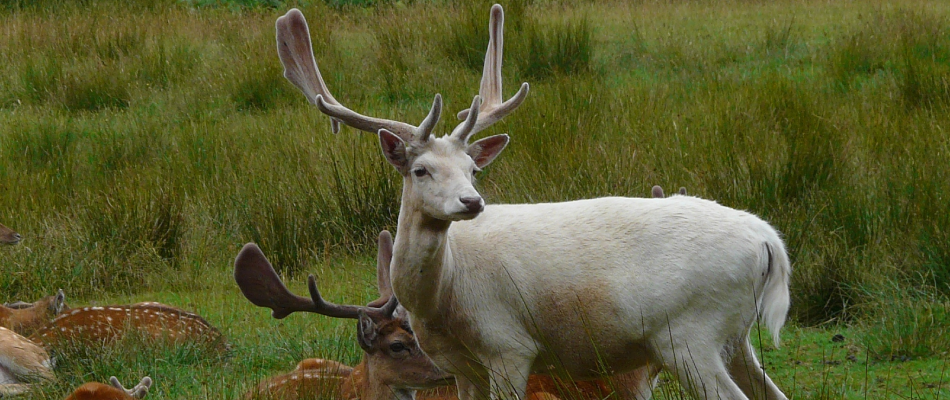A project to collect sightings of aberrant colouration. Cultivated plants or captive animals (including zoos) are accepted. It is the responsibility of the observer to "obscure" or "private" sensitive locations or populations shown in the observations they submit.
An aberrant here refers to one-off or unusual colour forms that are genetic in nature. This usually refers to "leucistic" ...더 보기 ↓
A project to collect sightings of aberrant colouration. Cultivated plants or captive animals (including zoos) are accepted. It is the responsibility of the observer to "obscure" or "private" sensitive locations or populations shown in the observations they submit.
An aberrant here refers to one-off or unusual colour forms that are genetic in nature. This usually refers to "leucistic" and albino individuals, but also includes other named oddities such as melanism, erythrism and "unclassified aberrants". Gynandromorphs, while rare, also count for this project.
Note: fasciated or crested plants have their own project:
https://www.inaturalist.org/projects/fascinating-fasciation
Flowers with odd petal counts should go instead to this project:
https://www.inaturalist.org/projects/peculiar-petal-counts
"Leucism" is a general umbrella name for a wide variety of pigmentation conditions involving missing or reduced colouration, and covers the bulk of cases here. "Minor leucism" should be used for cases where the pigmentation loss is minimal (<25%).
This project does not include deformities such as broken wings, twisted beaks, or physical and structural changes caused by diseases and illnesses.
줄이기 ↑






